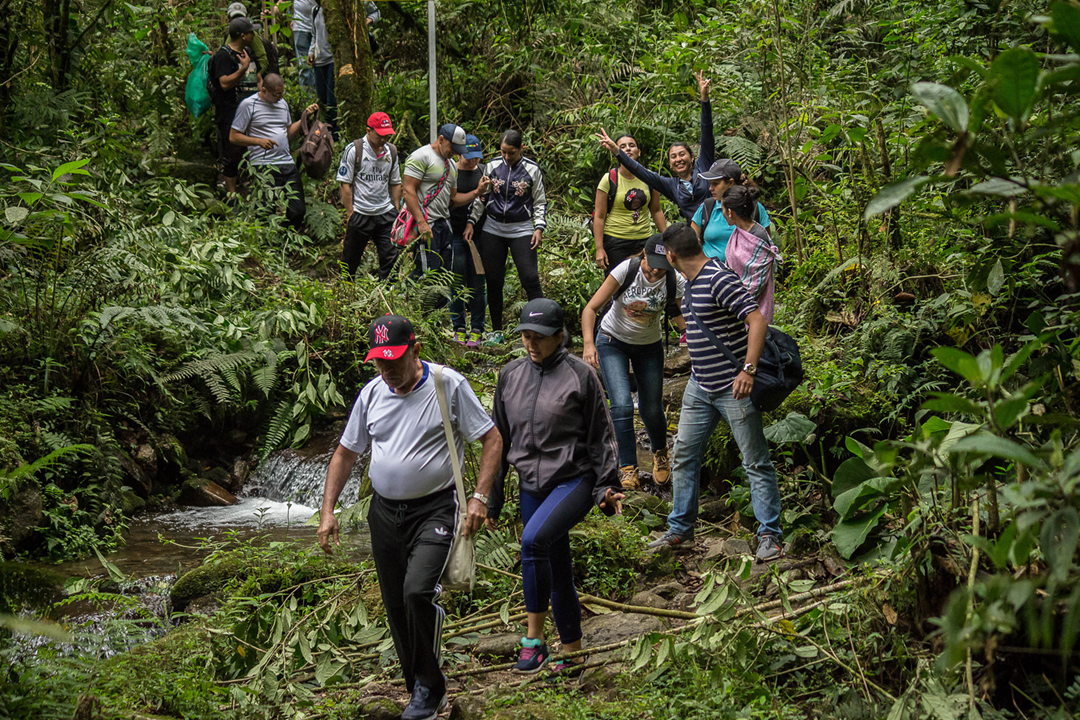Building Relationships With Local Stakeholders
Interacting with Stakeholders in Kundacheri Village
Nagachandan Honnur/CWS
Interacting with Frontline Workers in Martalli Village
Mohana Kumar/CWS
Before conducting workshops, we build connections with local key stakeholders who are at the frontline of managing zoonotics and human-wildlife conflict. First, we contact the state health ministries. Currently, we have support from the Directorate of Health Services in Goa and the Department of Health and Family Welfare in Karnataka. We then identify districts for conducting workshops and obtain permissions from the District Commissioner, District Zilla Panchayat CEO, District Health Officer, and Forest Department officials. So far, we have done this in 10 districts. We also meet and get permissions from taluk (sub-district) officers including Taluk Executive Officers of Panchayats, and Block Medical Officers. Next, we identify the Village Gram Panchayats where we will conduct workshops and get permissions from Panchayat Development Officers and Primary Healthcare Centers. Lastly, we visit and invite local prominent citizens or organizations relevant to our program such as previous partners, teachers, child development program officials, veterinary officials, and farmer cooperatives. We use these interactions to understand local health and infrastructure challenges. Based on our findings and the local ecological and socioeconomic context, we adapt the content of our workshops.
1. We take local socio-economic and ecological conditions into consideration.
2. We take notes on local cultural perspectives towards wildlife.
3. We obtain information on local health conditions such as accessibility to healthcare, interest levels in visiting primary health centers, major deterrents to availing these facilities, prominent diseases which we should talk about, etc.
4. We analyze past disease outbreaks or human-wildlife conflict incidents from the village which can be used as examples.
Some of the challenges that we faced while working with remote, rural communities were:
1. Mobilizing stakeholders to participate in our workshops due to the remoteness of locations and the COVID-19 pandemic
2. Scheduling workshops and coordinating with diverse groups of participants, their COVID-19 duties, local festivals and other events
3. Travel to and from the workshops for both staff and participants in remote areas with poor travel and communication infrastructure (such as lack of mobile phone connectivity)
We have now learned that while meeting with stakeholders and inviting participants it is essential to take everyone’s availability into account, consult as many people as possible about the date and time, and hold the workshop in an easily accessible and centralized place. During the course of project implementation, we have also developed several best practices for ensuring workshops are relevant to the local context. Different socio-cultural practices of local communities (some of them tribal) are taken into account while conducting workshops.
